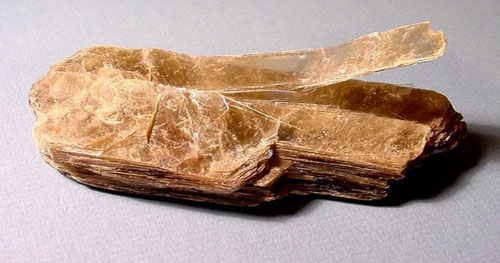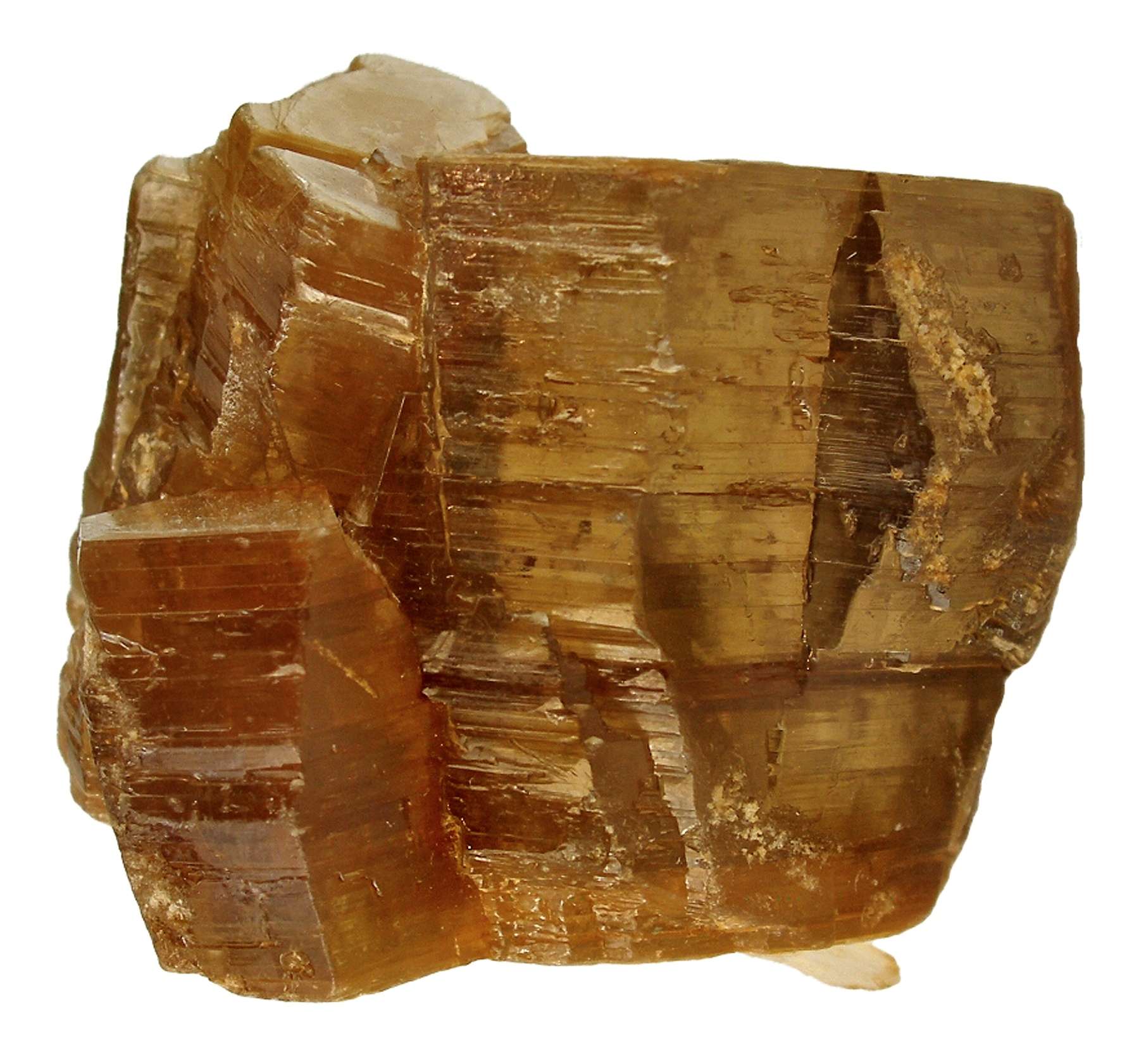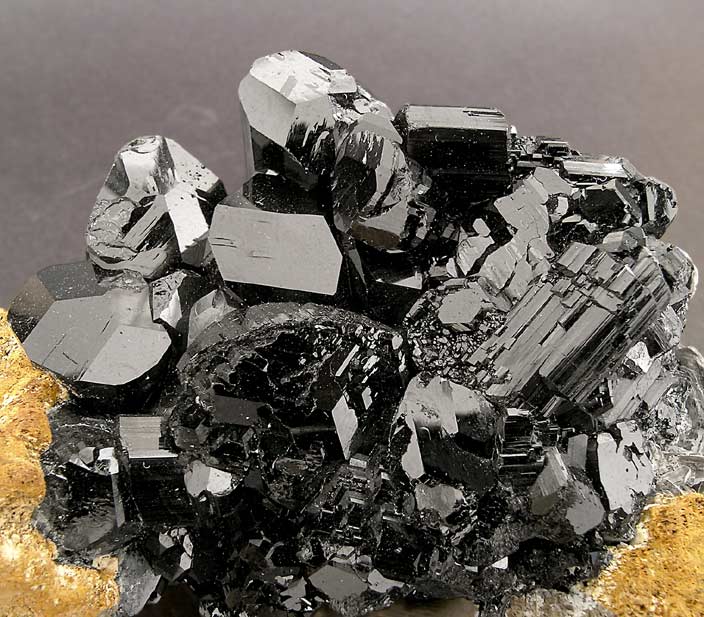Mica Group Minerals
Mica Group Minerals
Mica, any of a collection of hydrous potassium, aluminum silicate minerals. It is a kind of phyllosilicate, showing a -dimensional sheet or layer structure. Among the most important rock-forming minerals, micas are located in all 3 foremost rock types—igneous, sedimentary, and metamorphic.
Classification of Mica Group Minerals
Chemically, micas can be given the general formula
X2Y4–6Z8O20(OH, F)4, in which
X is K, Na, or Ca or less commonly Ba, Rb, or Cs;
Y is Al, Mg, or Fe or less commonly Mn, Cr, Ti, Li, etc.;
Z is chiefly Si or Al, but also may include Fe3+ or Ti.
Structurally, micas can be classed as dioctahedral (Y = 4) and trioctahedral (Y = 6). If the X ion is K or Na, the mica is a common mica, whereas if the X ion is Ca, the mica is classed as a brittle mica.
Dioctahedral micas
Trioctahedral micas
Common micas:
Phlogopite
Zinnwaldite
Brittle micas:
Clintonite
Occurrence of Mica Group Minerals
Micas may additionally originate as the result of diverse procedures under several specific situations. Their occurrences, listed underneath, encompass crystallization from consolidating magmas, deposition by fluids derived from or immediately related to magmatic sports, deposition by means of fluids circulating at some point of both contact and nearby metamorphism, and formation because the result of alteration techniques—possibly even those caused by weathering—that involve minerals which include feldspars. The balance ranges of micas were investigated within the laboratory, and in a few institutions their presence (instead of absence) or some issue of their chemical composition may additionally function geothermometers or geobarometers
Crystal Structure
Micas have sheet structures whose primary gadgets include two polymerized sheets of silica (SiO4) tetrahedrons. Two such sheets are juxtaposed with the vertices in their tetrahedrons pointing towards each different; the sheets are go-linked with cations—as an example, aluminum in muscovite—and hydroxyl pairs entire the coordination of those cations (see parent). Thus, the go-related double layer is certain firmly, has the bases of silica tetrahedrons on each of its outer aspects, and has a terrible charge. The fee is balanced by means of singly charged massive cations—for example, potassium in muscovite—that join the go-linked double layers to shape the complete shape. The variations among mica species rely upon differences within the X and Y cations.
Properties of Mica Group Minerals
The rock-forming micas (other than glauconite) can be divided into two groups:
those that are light-coloured (muscovite, paragonite, and lepidolite) and
those that are dark-coloured (biotite and phlogopite).
Most of the properties of the mica group of minerals, other than those of glauconite, can be described together; here they are described as pertaining simply to micas, meaning the micas other than glauconite. Properties of the latter are described separately later in the discussion.
The perfect cleavage into thin elastic sheets is probably the most widely recognized characteristic of the micas.
The luster of the micas is usually described as splendent, but some cleavage faces appear pearly.
Mohs hardness of the micas is approximately 21/2 on cleavage flakes and 4 across cleavage.
Specific gravity for the micas varies with composition. The overall range is from 2.76 for muscovite to 3.2 for iron-rich biotite.
| Color | Purple, rosy, silver, gray (lepidolite) Dark green, brown, black (biotite) Yellowish-brown, green-white (phlogopite) Colorless, transparent (muscovite) |
| Cleavage | Perfect |
| Fracture | Flaky |
| Mohs scale hardness | 2.5–4 (lepidolite) 2.5–3 biotite 2.5–3 phlogopite 2–2.5 muscovite |
| Luster | Pearly, vitreous |
| Streak | White, colorless |
| Specific gravity | 2.8–3.0 |
| Diagnostic features | Cleavage |
Uses of Mica Group Minerals
Their perfect cleavage, flexibility and elasticity, infusibility, low thermal and electrical conductivity, and high dielectric power, muscovite and phlogopite have found large software. Most “sheet mica” with those compositions has been used as electrical condensers, as insulation sheets between commutator segments, or in heating factors. Sheets of muscovite of particular thicknesses are applied in optical instruments. Ground mica is used in many approaches which includes a dusting medium to prevent, as an instance, asphalt tiles from sticking to each other and also as a filler, absorbent, and lubricant. It is likewise used inside the manufacture of wallpaper to provide it a glittery lustre. Lepidolite has been mined as an ore of lithium, with rubidium generally recovered as a by-product. It is used inside the manufacture of warmth-resistant glass. Glauconite-rich greensands have found use inside the United States as fertilizer—e.G., on the coastal undeniable of New Jersey—and a few glauconite has been employed as a water softener because it has a excessive base-change capability and has a tendency to regenerate instead hastily.









